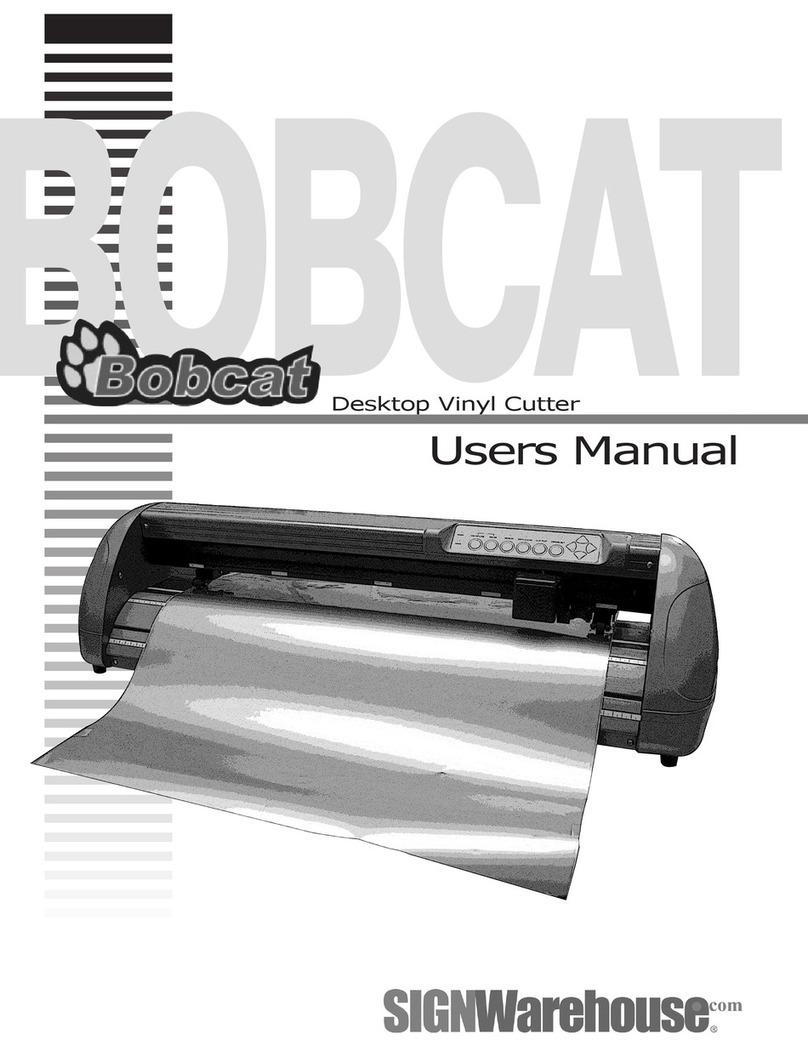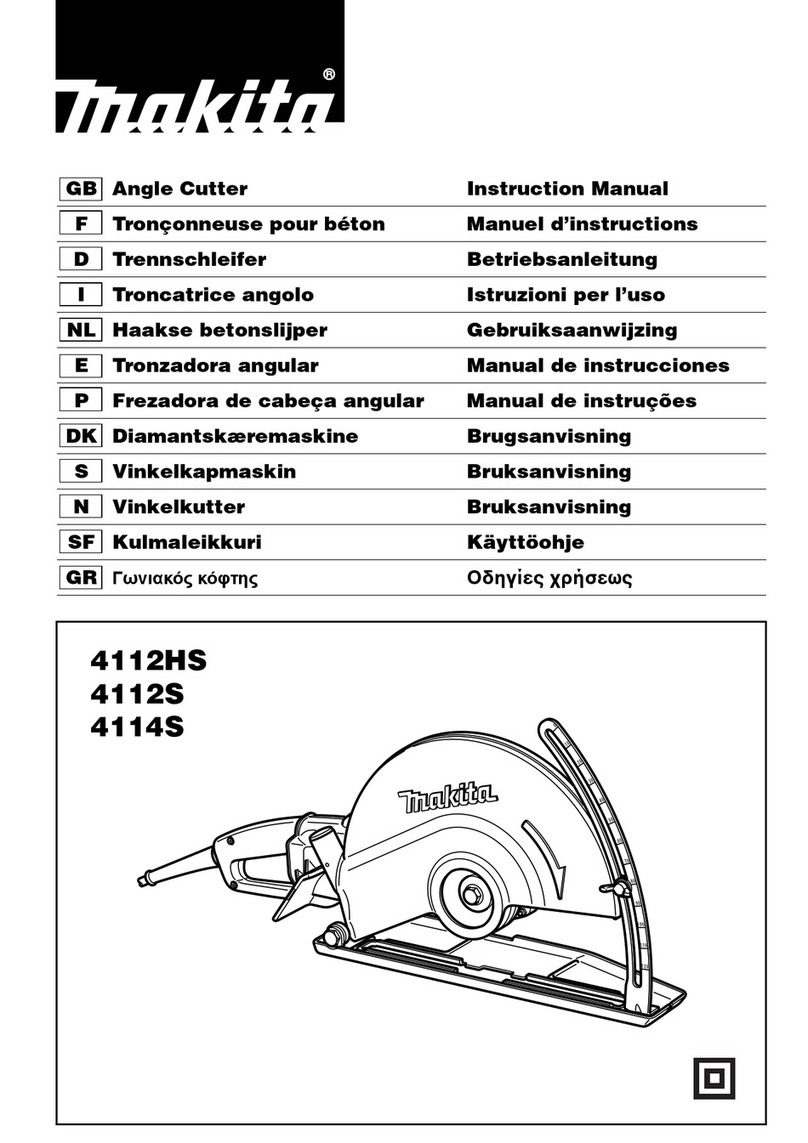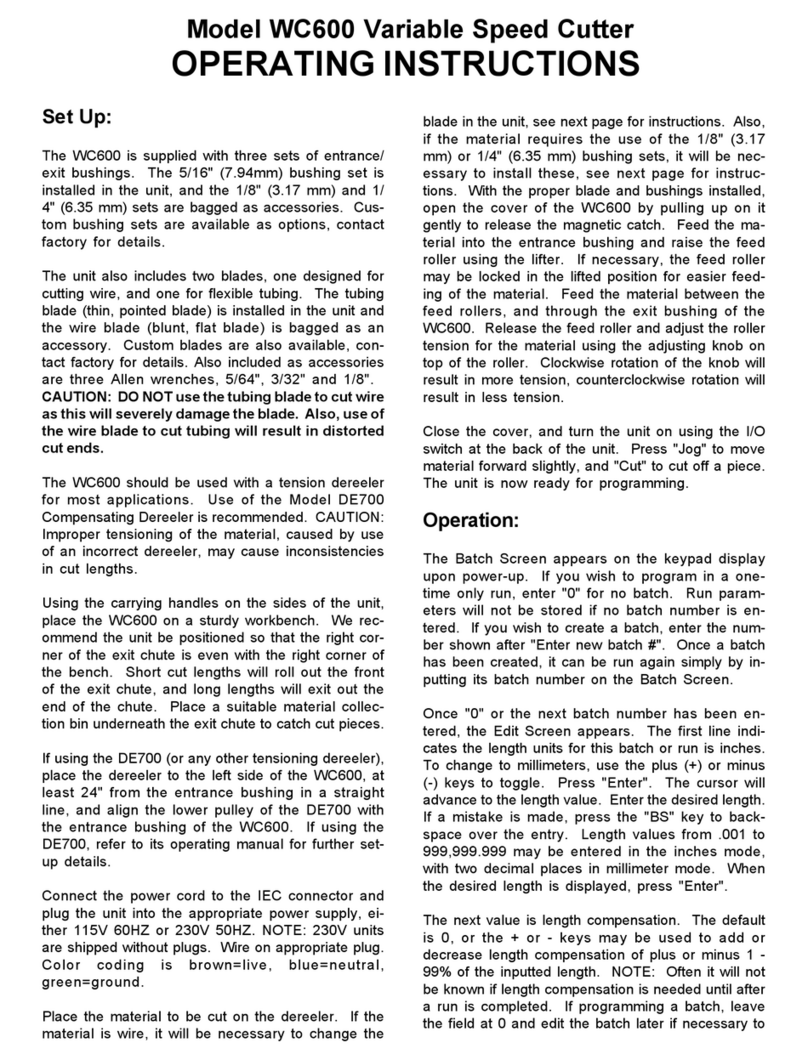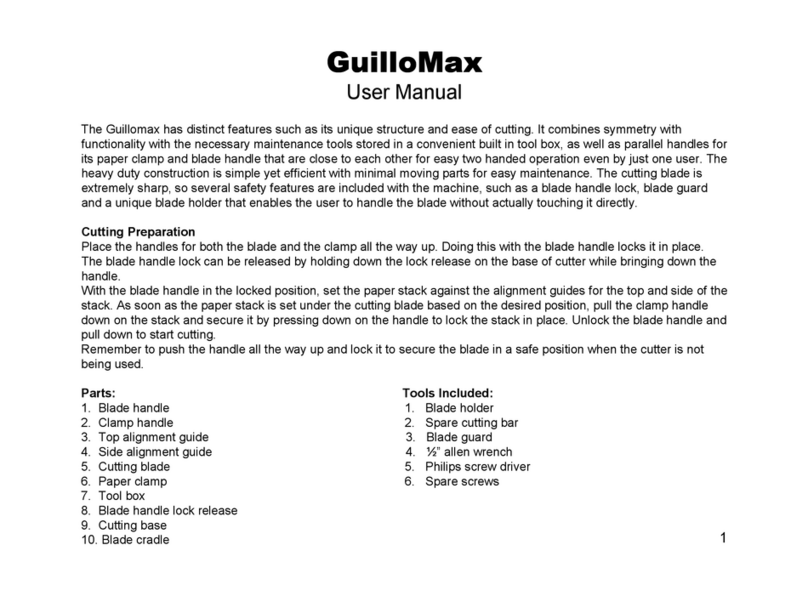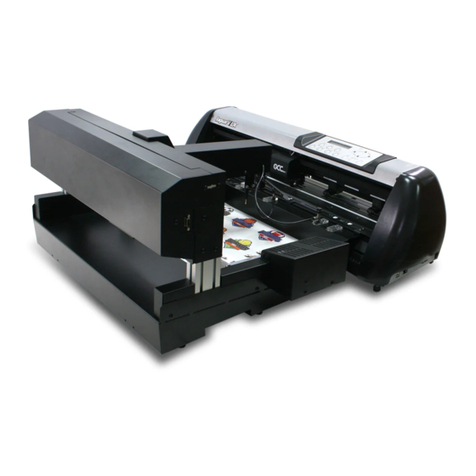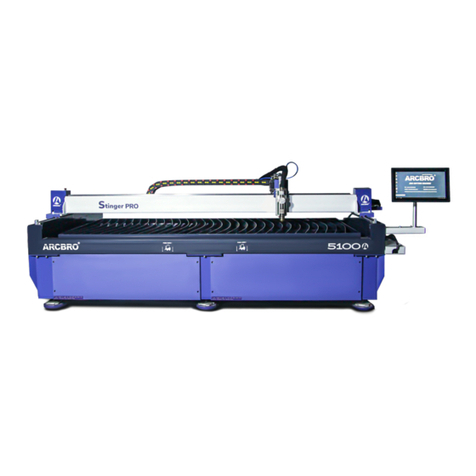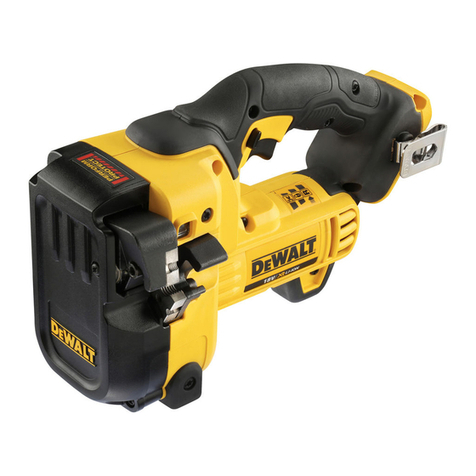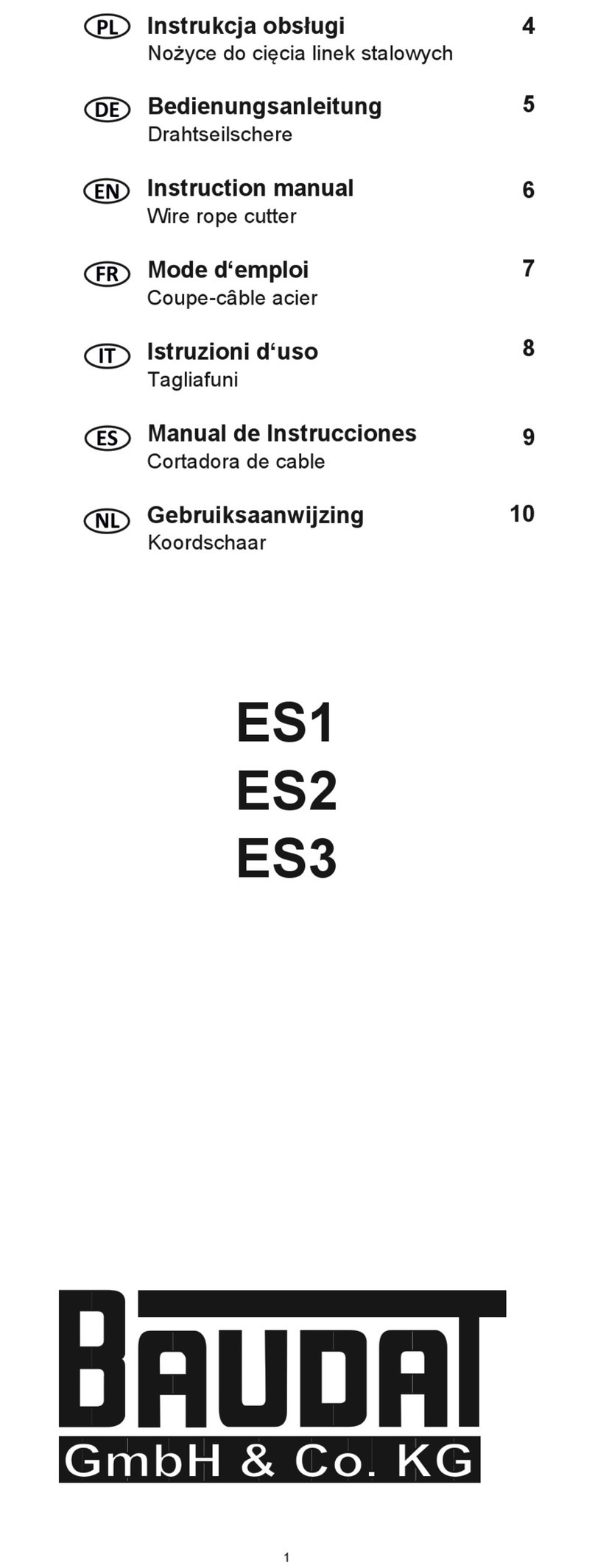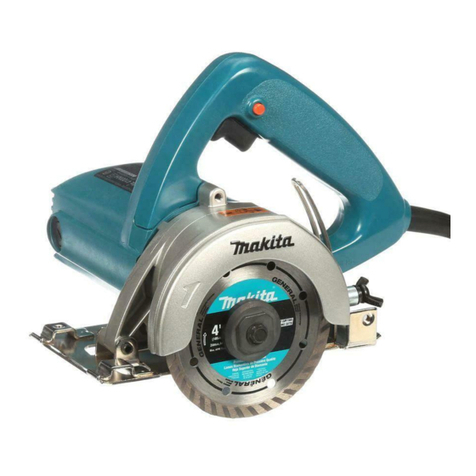Getting
FR
IE
Getting started...
08 09
GB
IE
GB
IE
Getting started...
Getting started...
ENB539TAS by Energer ENB539TAS by Energer
Technical and legal
information Technical and legal
information
General safety
11 Do not abuse the cord
> Never yank the cord to disconnect it from the socket.
> Keep the cord away from heat, oil and sharp edges.
12 Secure work
> Where possible use clamps or a vice to hold the work.
> It is safer than using your hand.
13 Do not over reach
> Keep proper footing and balance at all times.
14 Maintain tools with care
> Keep cutting tools sharp and clean for better and safer performance.
> Follow instruction for lubricating and changing accessories. Inspect tool cords
periodically and if damaged have them repaired by an authorized service facility.
Inspect extension cords periodically and replace if damaged. Keep handles dry,
clean and free from oil and grease.
15 Disconnect tools
> When not in use, before servicing and when changing accessories such as
blades, bits and cutters, disconnect tools from the power supply.
16 Remove adjusting keys and wrenches
> Form the habit of checking to see that keys and adjusting wrenches are removed
from the tool before turning it on.
17 Avoid unintentional starting
> Ensure switch is in "off" position when plugging in.
18 Use outdoor extension leads
> When the tool is used outdoors, use only extension cords intended for outdoor
use and so marked.
19 Stay alert
> Watch what you are doing, use common sense and do not operate the tool when
you are tired.
20 Check damaged parts
> Before further use of tool, it should be carefully checked to determine that it will
operate properly and perform its intended function.
> Check for alignment of moving parts, binding of moving parts, breakage of parts,
mounting and any other conditions that may affect its operation.
> A guard or other part that is damaged should be properly repaired or replaced by
an authorised service centre unless otherwise indicated in this instruction
manual.
> Have defective switches replaced by an authorised service centre.
> Do not use the tool if the switch does not turn it on and off.
21 Warning
> The use of any accessory or attachment other than one recommended in this
instruction manual may present a risk of personal injury.
22 Have your tool repaired by a qualified person
> This electric tool complies with the relevant safety rules. Repairs should only be
carried out by qualified persons using original spare parts, otherwise this may
result in considerable danger to the user.
bly
rting
Additional safety
> Do not use high speed steel (HS) blades.
> The push-stick or push block should always be stored with the machine when
not in use safe operation:
• Use push-sticks or push blocks to feed the workpiece past the saw blade;
• Use and correct adjustment of the riving knife;
• Use and correct adjustment of the upper saw blade guard;
• Rebating or grooving should not be carried out unless suitable guarding, such
as a tunnel guard, is fitted above the saw table;
• Saws shall not be used for slotting (stopped groove);
• a table giving guidance on spindle speed selection for different materials to be
sawn shall be given for variable speed tool;
• use only saw blades for which the maximum possible speed is not less than the
maximum spindle speed of the tool and the material to be cut;
• when transporting the machine use only transportation devices and do never
use guards for handling or transportation;
• During transportation the upper part of the saw blade should be covered; for
example by the guard;adjust the parallel stop to the width of workpiece you
require.
> Feed in the workpiece with two hands. Always use the push stick in the area of
the saw blade.
> Always push the workpiece through to the end of the splitter.
HEALTH ADVICE
WARNING! When sawing, dust particles will be produced. In some instances,
depending on the materials you are working with, this dust can be particularly
harmful to you (e.g. lead from old gloss paint).
You are advised to consider the risks associated with the materials you are
working with and to reduce the risk of exposure. You should:
• Work in a well-ventilated area.
• Work with approved safety equipment, such as those dust masks that are
specially designed to filter microscopic particles.

